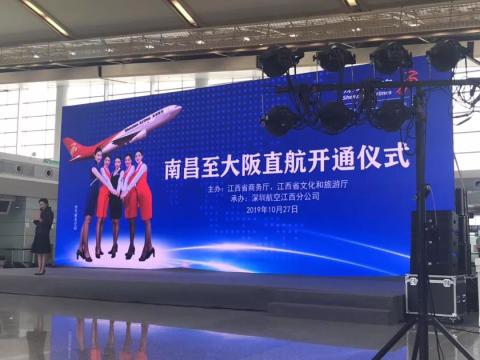
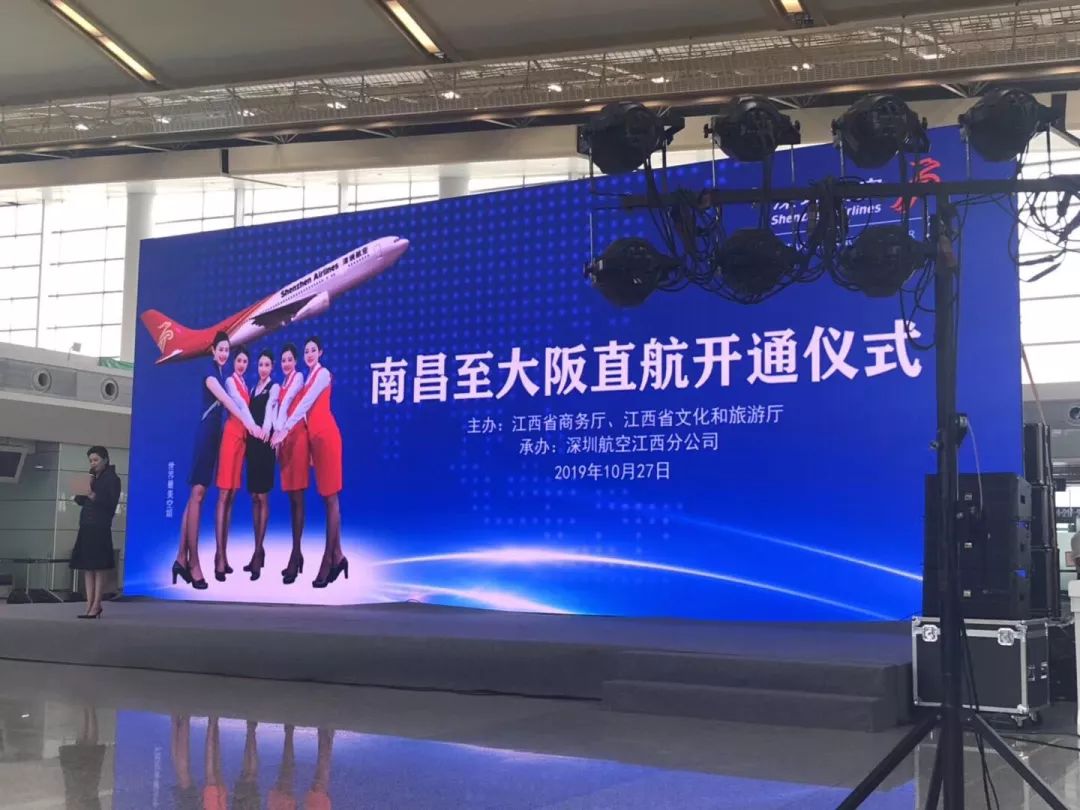
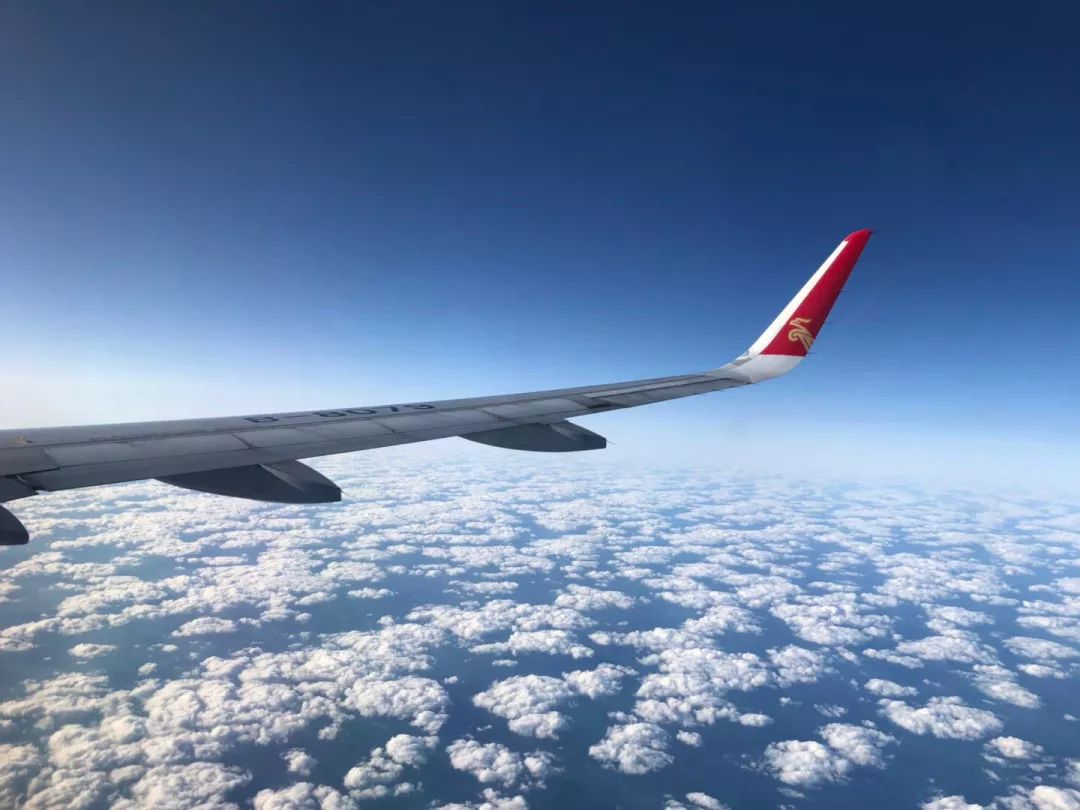
As soon as we got off the plane, we went to Nara Park. Because it was the weekend, the park was full of people.




There are many deer in the park. You can buy deer biscuits here to feed the deer. The deer here are used to people feeding them. As long as you have deer biscuits in your hand, they will come and eat them. If you don't give them to them, they will bite you.



The deer here are also ghosts and spirits. They will follow you closely when you have a piece of cake in your hand, but they will ignore you when there is no cake in your hand.

Let’s take a group photo (the white-haired person in the picture is Brother Zeng’s nephew’s Japanese teacher. Hearing that we were coming to Japan, he and his nephew came over to visit us)

This is my first meal in Japan. Most Japanese food is a set meal, one for each person, with different dishes and different dishes.


Dinner was at a restaurant opposite the hotel where we stayed. I don’t understand Japanese, but Japanese restaurant menus have pictures, so you can order by looking at them. The pictures are very clear, what the menu looks like, and what the dishes and rice served are like. Unlike the domestic pictures, they are only for reference, and the prices are clearly marked. We ordered the tempura, eel and grilled pork cutlet set, which was delicious.


Early the next morning we visited Atsuta Shrine, which is one of the oldest shrines in Japan. It is said that it was built by Emperor Keiyuki in the 2nd century AD and has a history of 1900 years. The main hall of Atsuta Shrine is dedicated to Wu Zun and Miyazaki Yuan, as well as the five gods Amaterasu, Suzhan Mingzun, and Ina Zanemei. They have been highly valued in the past dynasties in Japan, and they have extremely high majesty among the people. The leaders of Japan's past dynasties have expressed their respect for Atsuta Shrine in various forms. Toyotomi Hideyoshi and Tokugawa Ieyasu also overhauled the shrine. In recent years, the Japanese emperor and empress have also visited here to pay homage.


Entering from the gate, the entire terrain structure is L-shaped, and the interior is lush and full of towering ancient trees. The ancient trees here are all antiques, many of which are thousands of years old. The entire scenic spot is enveloped in a peaceful and solemn atmosphere.


People who come in must wash their hands first. There is a very primitive sink inside, which has to be washed out of a bamboo tube. Moreover, this sink is also very old and is covered with moss.

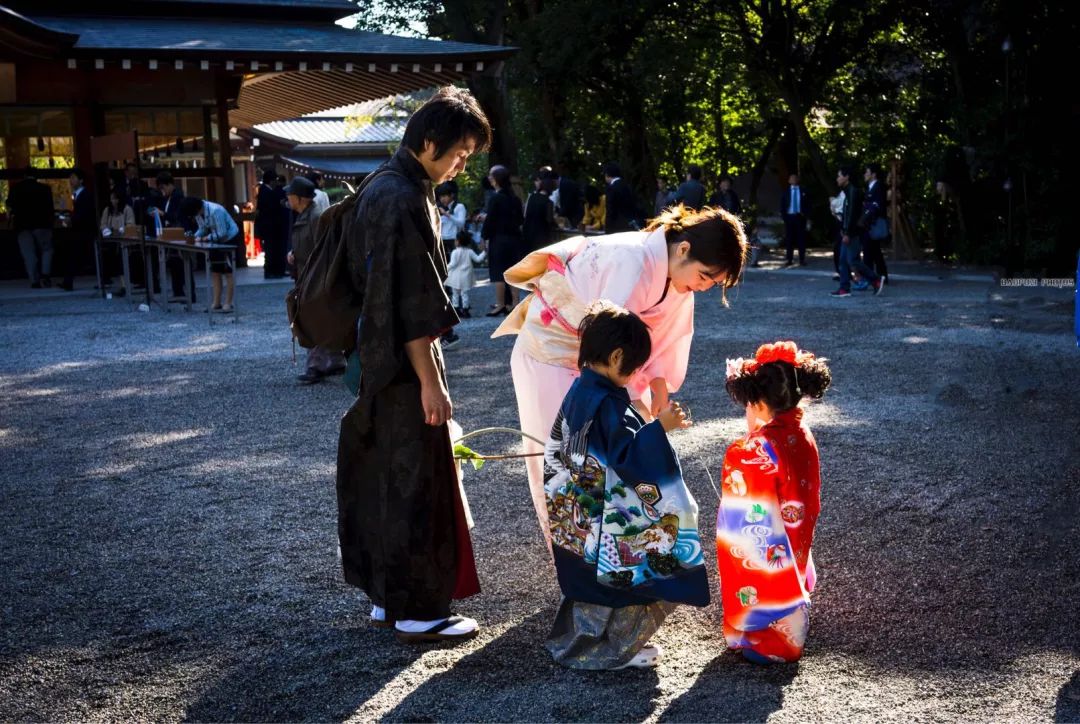
I saw many Japanese people bringing their children to pray here. They all wore kimonos and worshiped very devoutly. It is said that adults will bring their children to pray for their 3rd, 5th and 10th birthdays. Letting children wear kimonos to worship gods may be a good traditional education.


After coming out of Atsuta Jingu Shrine, we started driving to the Mount Fuji area and had lunch at the expressway service area on the way. The service in Japan's expressway service area is really first-class. The bathrooms are clean and tidy, with advanced facilities; there are many types of catering services, and everyone is thrifty. ;Although the supermarket is not big, it has a full range of products.


When you are tired from driving, it is also a pleasure to have a cup of coffee here.

Saw a cute puppy.

After exiting the service area, we headed towards Mount Fuji.

While driving on the winding mountain road, the fog in front of me became brighter and brighter. After a while, there was a vast sea of clouds at my feet and a clear blue sky above my head. As the car turned around the foot of the mountain, out of the corner of my eye, in the clear blue sky above my head, the silver crystal ice peak flashed brightly, "Mount Fuji!" I looked at it intently, and it shot out in the sky, the crystal light shining everywhere, as if it was disappearing. In an instant, the shade of the trees covers your eyes again, making you wonder if you were dazzled at that moment. But this is this moment, when you walk through the thick fog and flash in anticipation, your whole body and mind are captured in an instant. Your whole body is like a jade pot with a heart of ice, and then melts into the crystal clear sky, like a religious spiritual sublimation and Purify.



For young people, coming to Japan is more about shopping and eating. For our generation, Mount Fuji represents Japan, so when you come here, you must take photos to show that you are here. tour.

This is probably the charm of Mount Fuji. When we reached the fifth station on the mountain, we felt that Mount Fuji was plain and desolate. The mountain was not high and the snow was not thick.

Looking at Mount Fuji up close, it really looks ordinary. It probably echoes Su Dongpo's poem: "If you don't know the true face of Mount Lu, you just live in this mountain."
Since ancient times, the Japanese have been in awe of Mount Fuji, which erupts repeatedly, and believe that it is a mountain where gods live. Originating from belief in these gods and Buddhas, various traditions that focus on the coexistence of humans and volcanoes and are grateful for the springs of volcanoes have been developed. Around Mount Fuji, there is a unique Mount Fuji belief culture. Through climbing from Mount Fuji to the top of the mountain, paying homage, and visiting spiritual sites at the foot of the mountain, people can obtain the spiritual power of the gods and Buddhas who live on Mount Fuji and achieve their own nirvana and rebirth. For this purpose, Sengen Shrine was built at the foot of the mountain.


Millennium Sacred Tree



The beautiful Mount Fuji gave birth to faith and art, and was officially included in the World Heritage (Cultural Heritage) list in 2013. The cultural wealth related to Mount Fuji is not only the mountain itself, but also the shrines, hiking trails, lakes, etc. surrounding Mount Fuji.


There is an Asama Tea House not far from the shrine. The teahouse is surrounded by fiery red maple leaves, and the courtyard is elegantly, exquisitely and beautifully decorated. Drinking tea in such a teahouse is a real pleasure. Unfortunately, we couldn't sit down and drink tea slowly due to time constraints, so we had to take a few photos as a souvenir.


Night tour of Oshino Hakkai. In fact, there are several pools, and the water in them is spring water filtered by the snow water on Mount Fuji through the ground. The water can be drank directly and tastes better than ordinary mineral water.


Stay overnight at Mifuji Hot Spring Resort in Yamanakako Village.

Japan is a country with many volcanoes and hot springs. Bathing in hot springs in hotels is also a famous tourist item. But along our route, there are three hotels where you can soak in hot springs. The water is not as slippery and smelly as domestic hot springs. Coming down from Mount Fuji this time, with the fatigue of climbing, it was still very comfortable to soak in the hot springs at the hotel where I stayed.


There was heavy fog outside the window in the early morning, and nothing could be seen in the distance, but the maple leaves outside the hotel turned red and yellow.
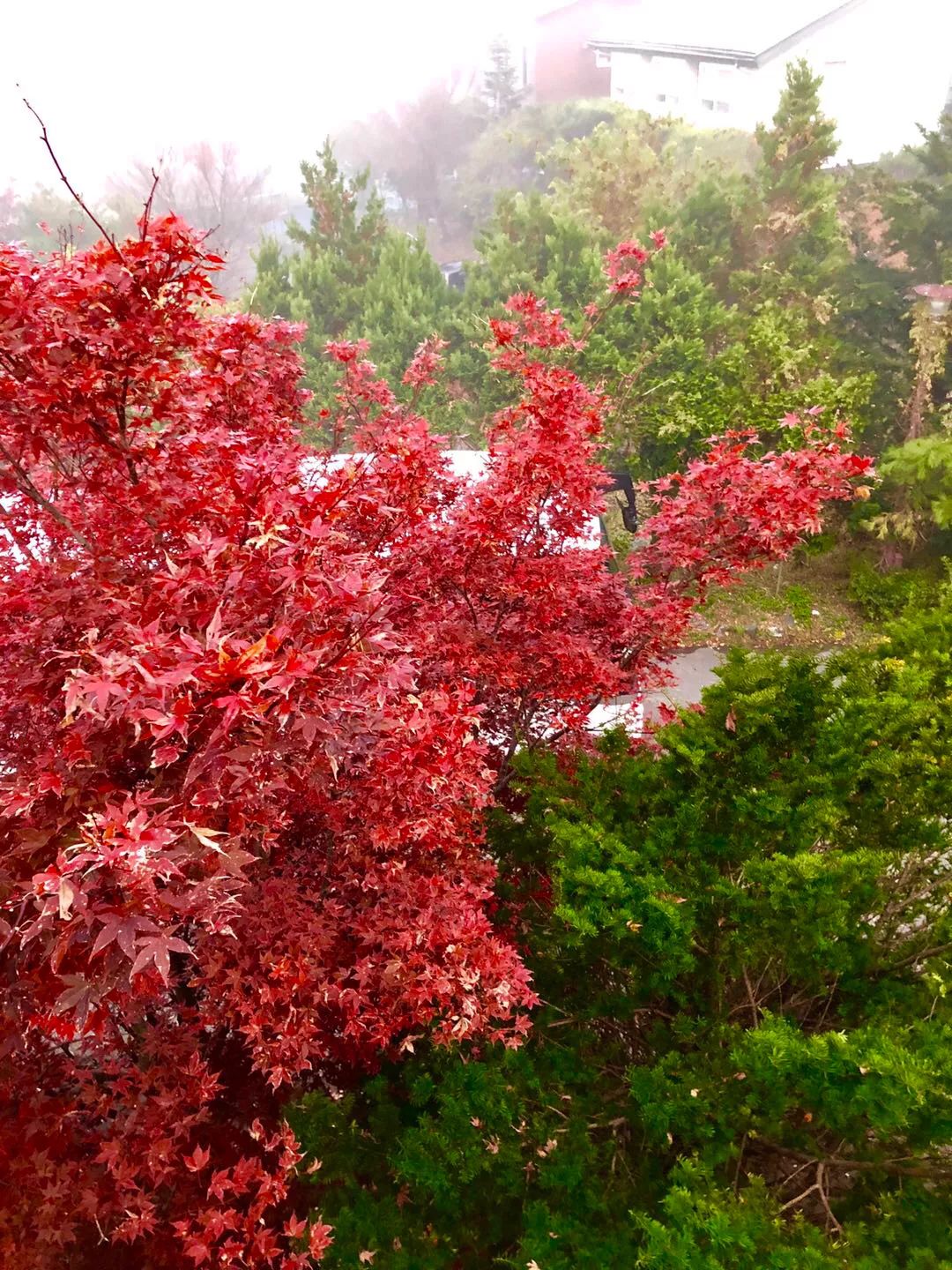

As the sun slowly rises, the fog gradually dissipates, revealing the true face of Mount Fuji in the distance.


It feels like this is the Mount Fuji in our impression.

After breakfast, we went to Lake Kawaguchi to see the red leaves.



Such a beautiful scenery, let’s take a group photo.
As the saying goes:
Six people traveled east to Fusang,
Water, soil and foreign countries are examined vertically and horizontally.
Watching the red leaves by Kawaguchi Lake,
Enjoy the beautiful view of Fuji from a distance.

